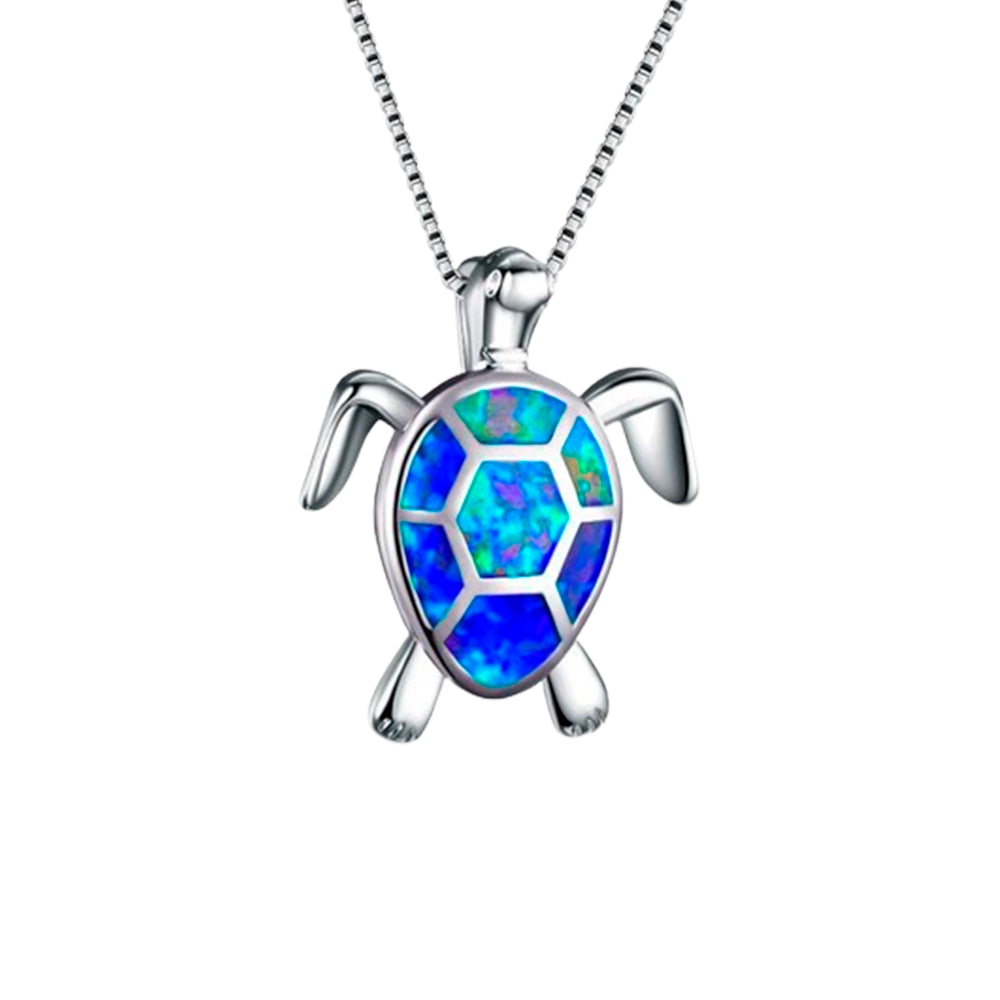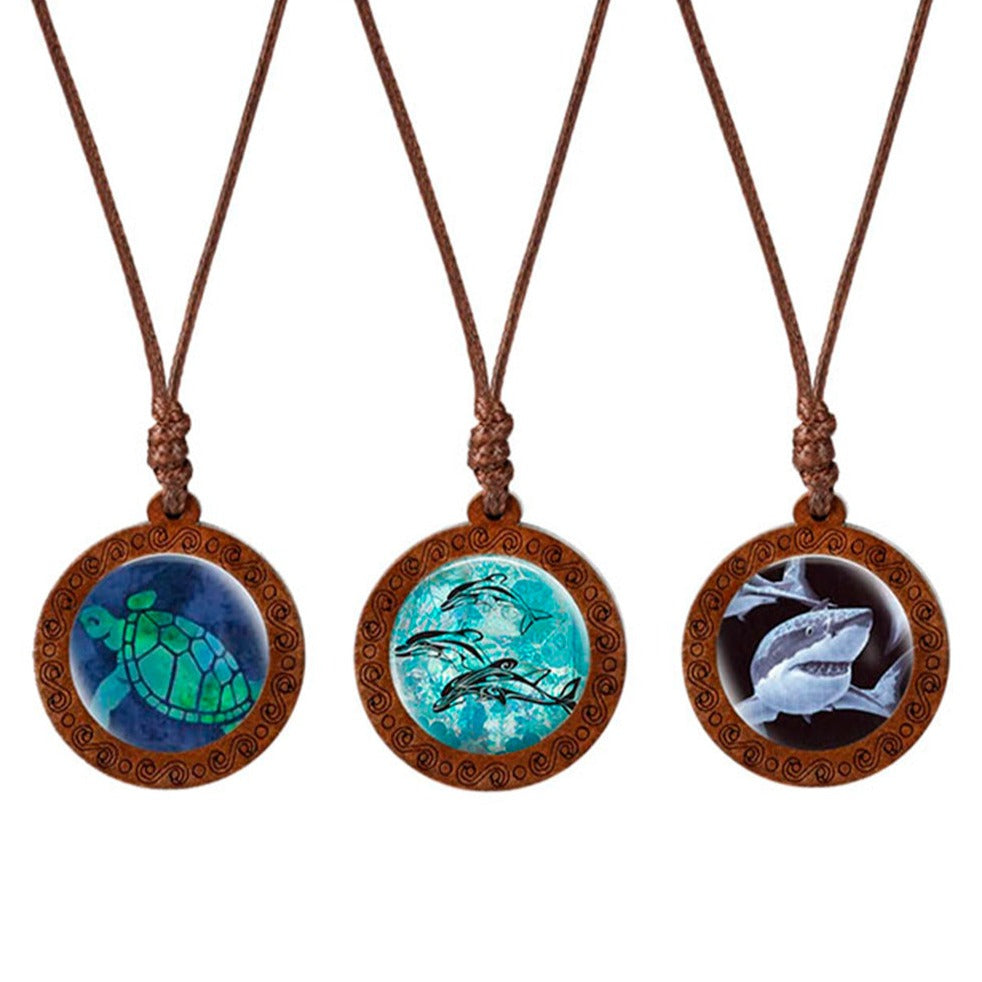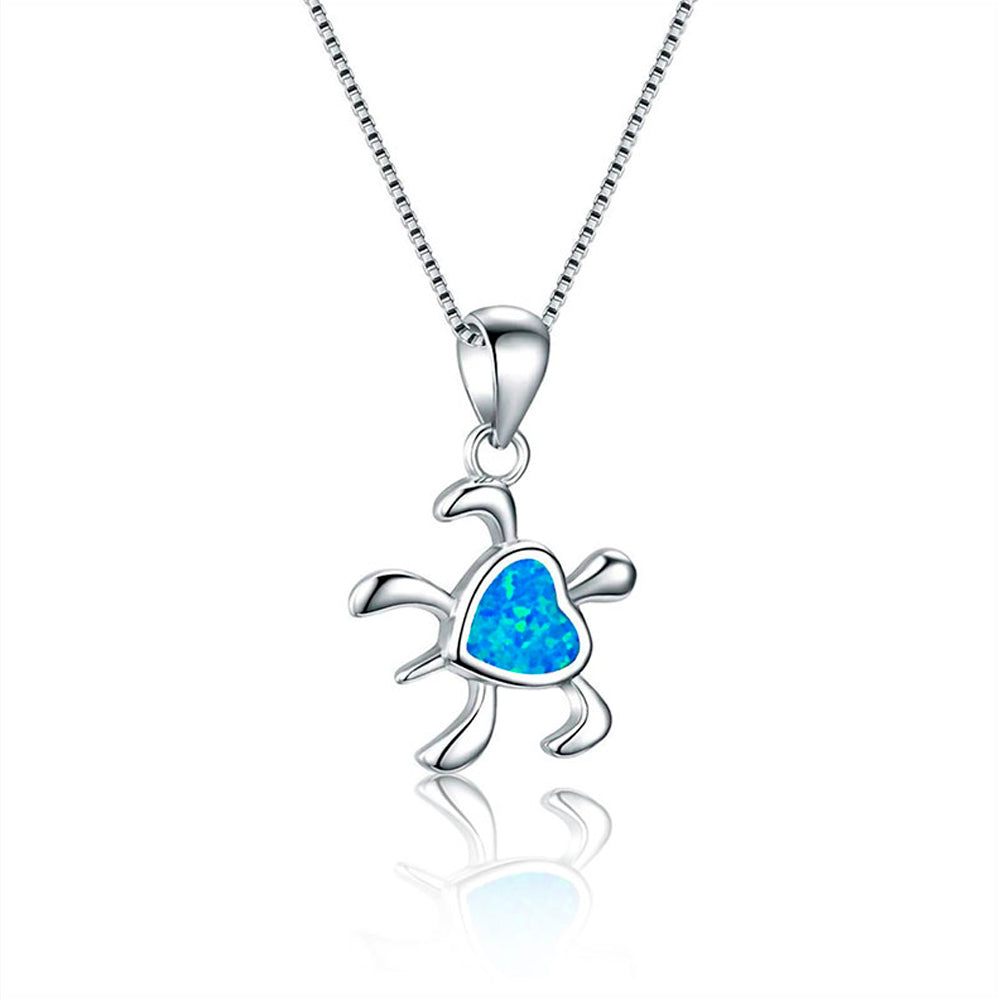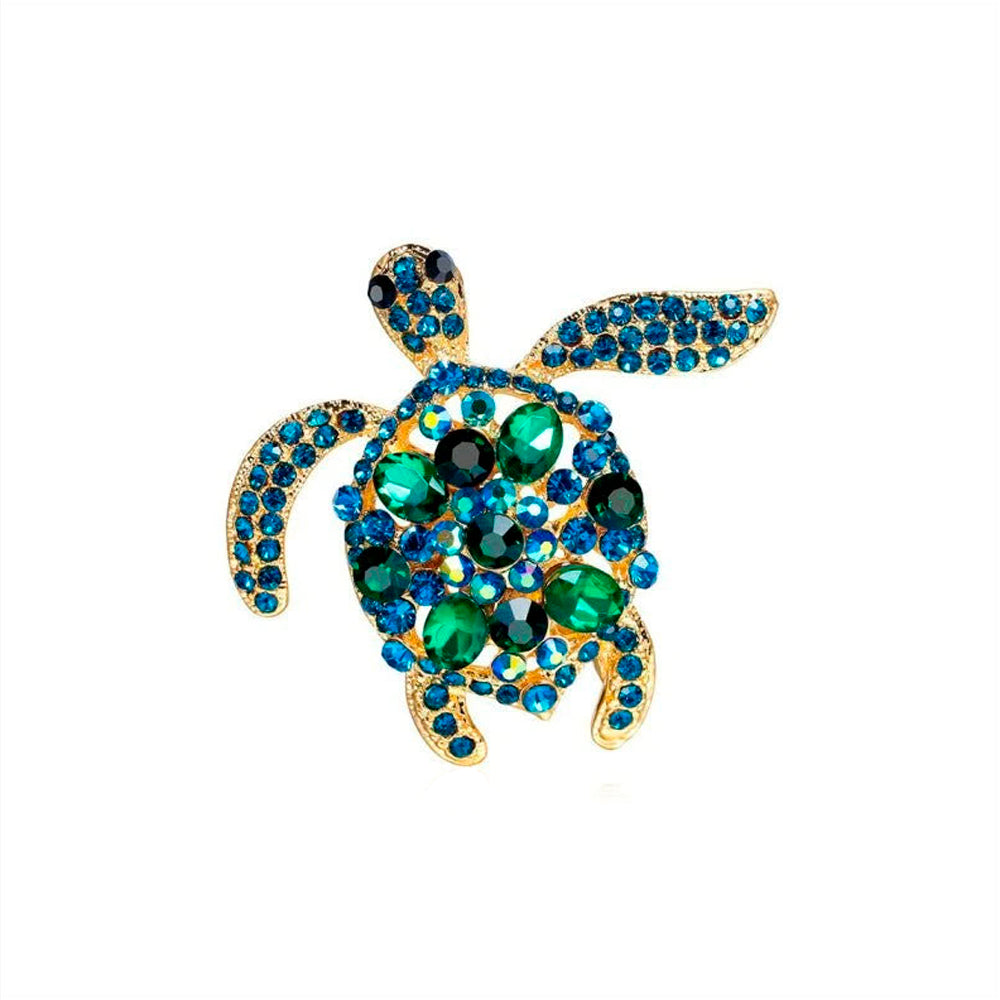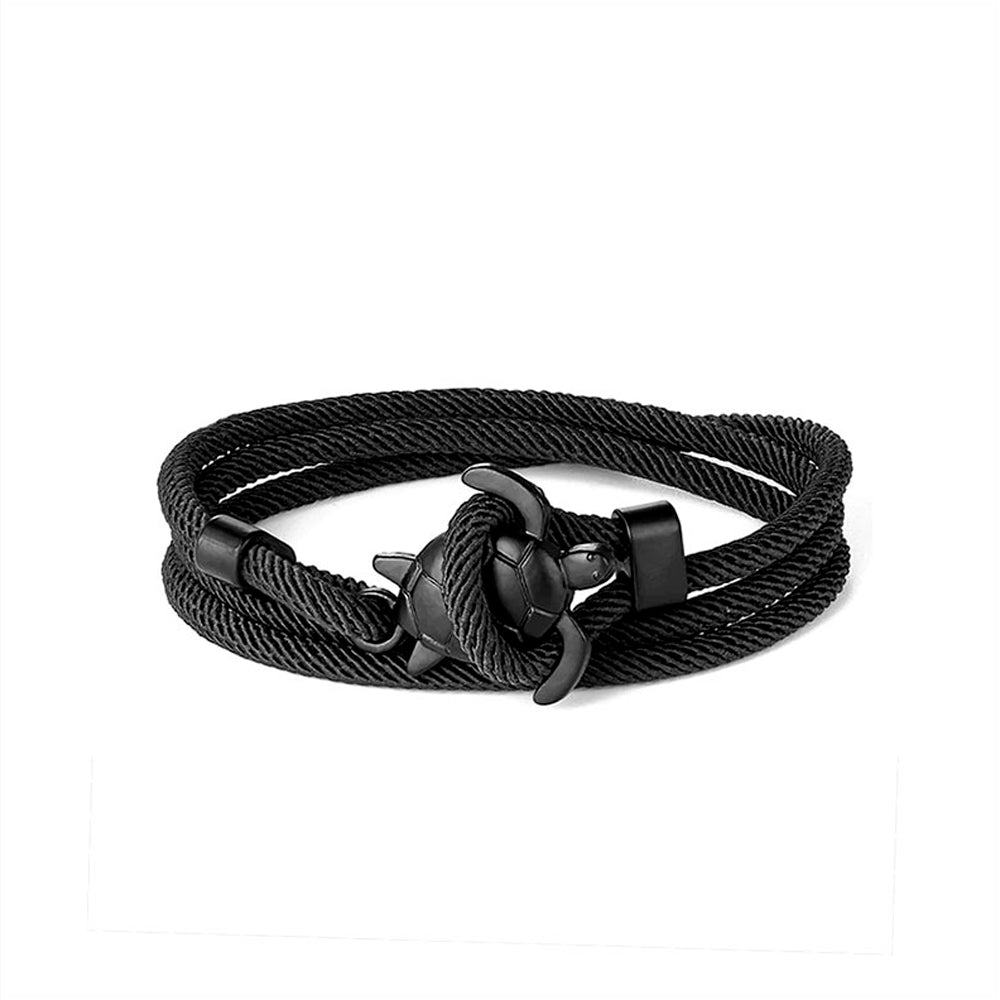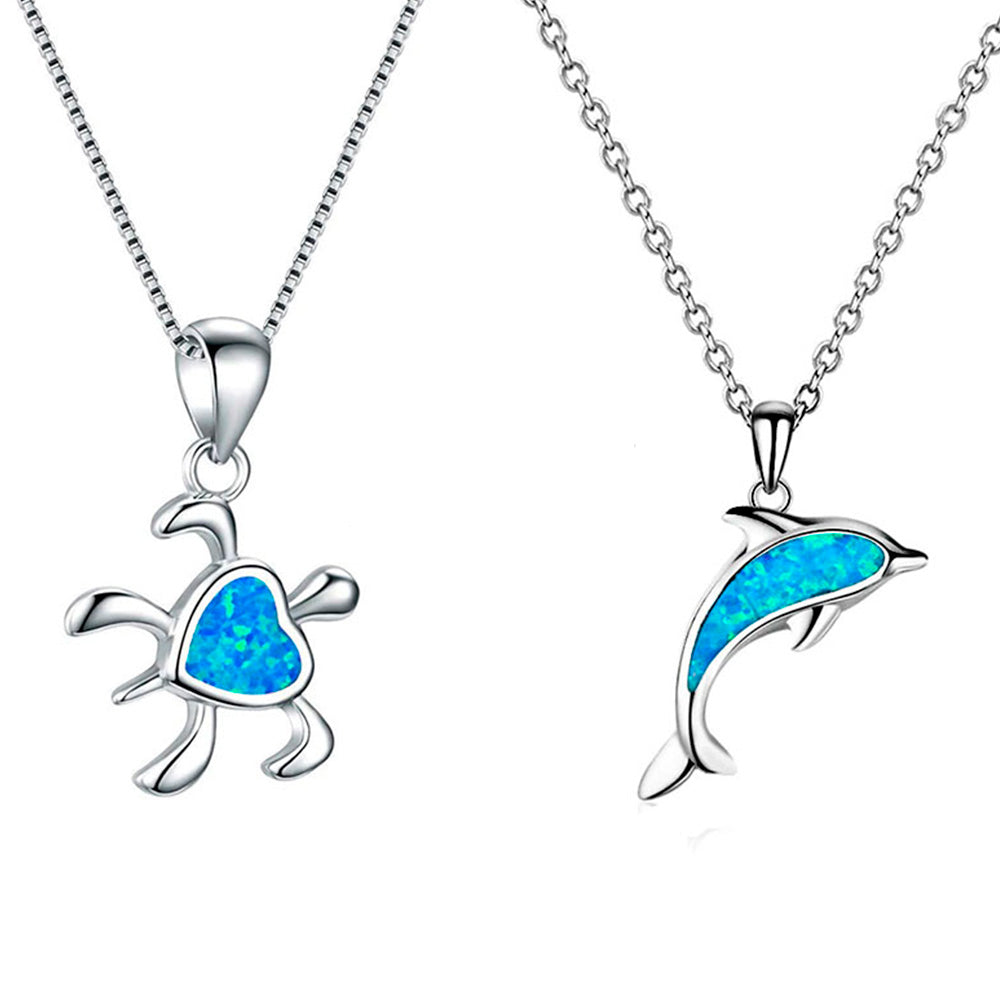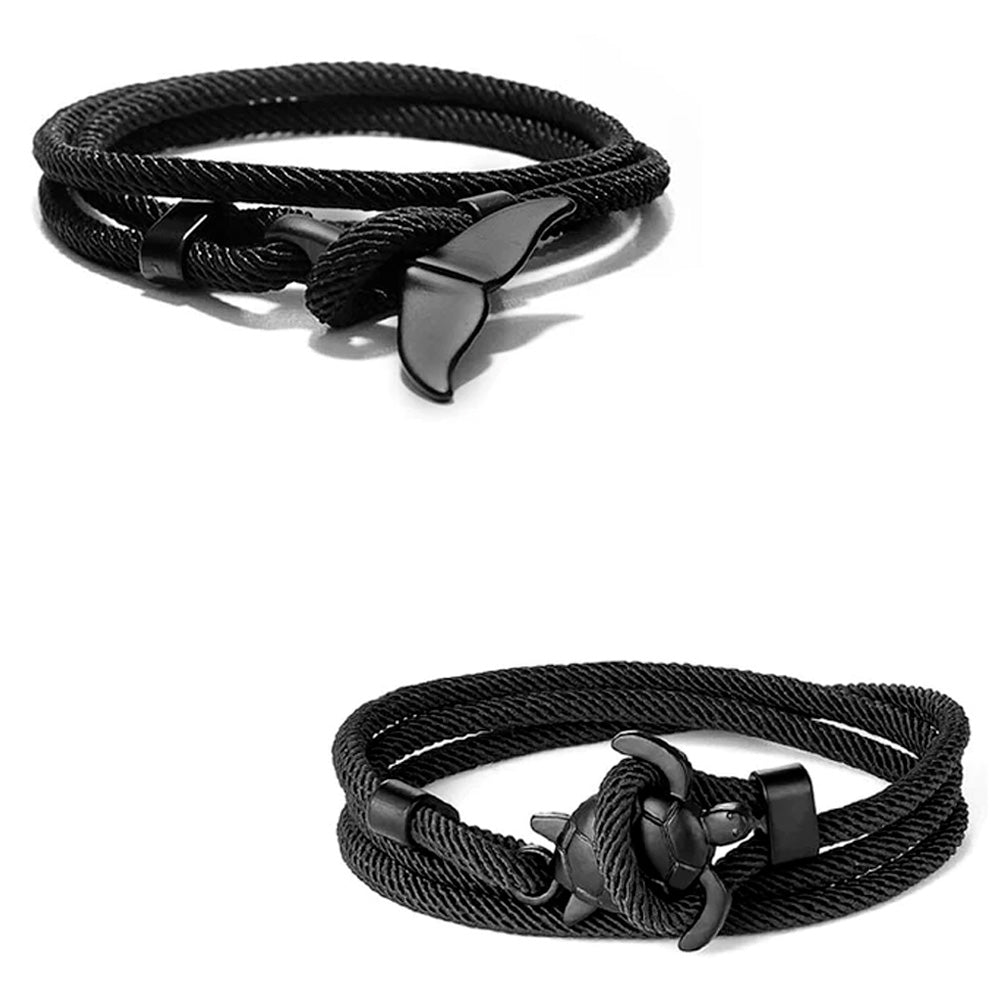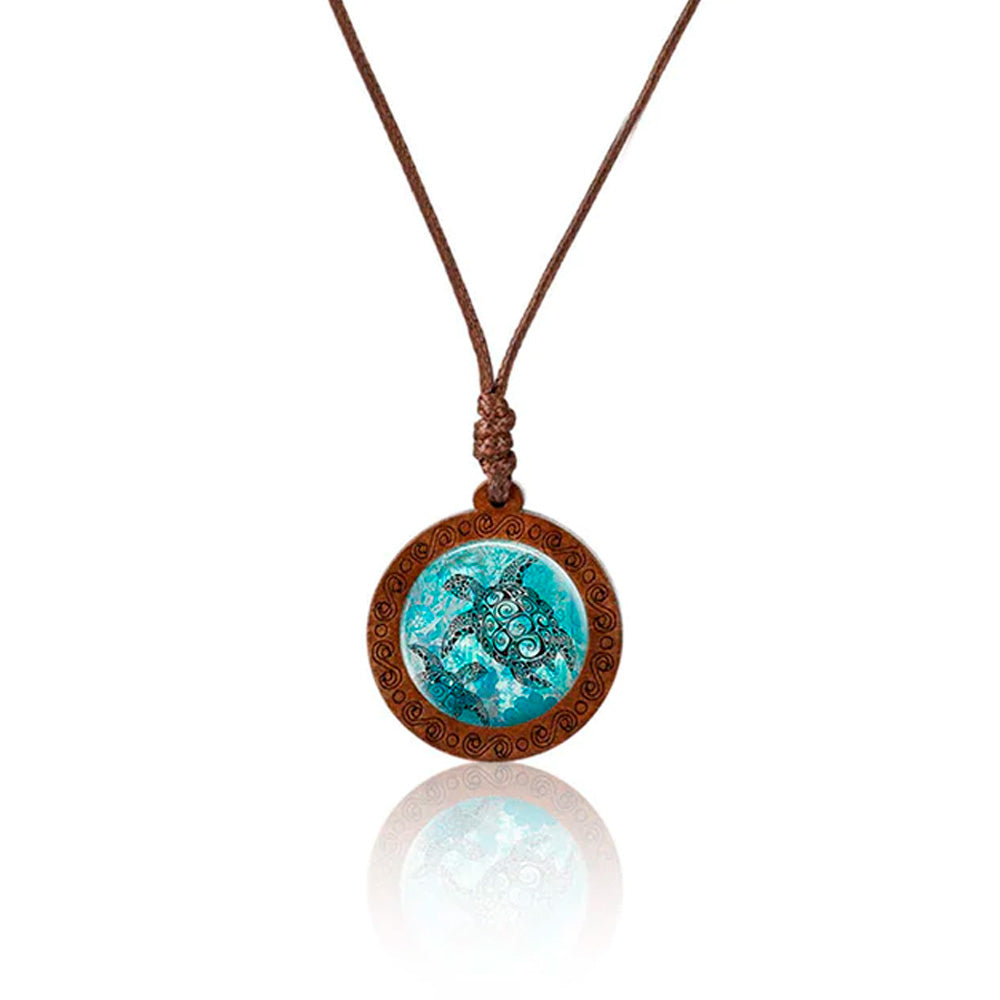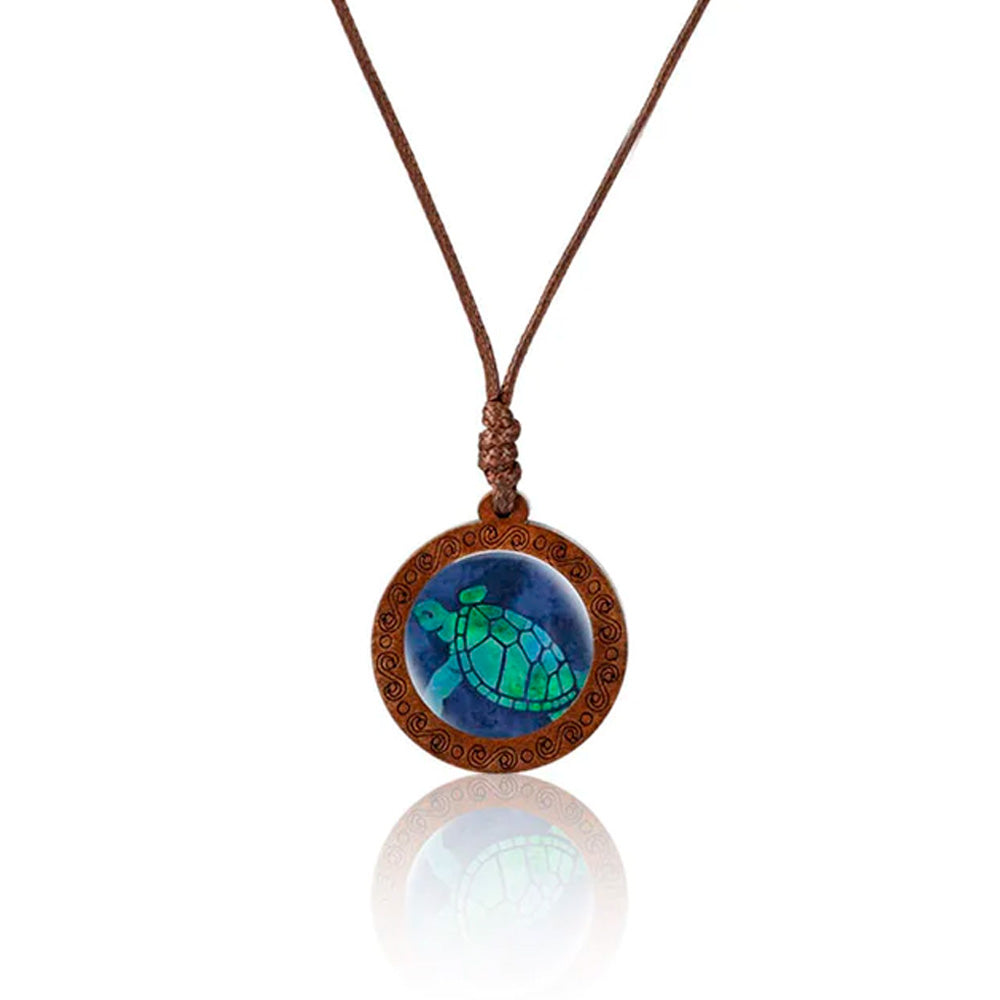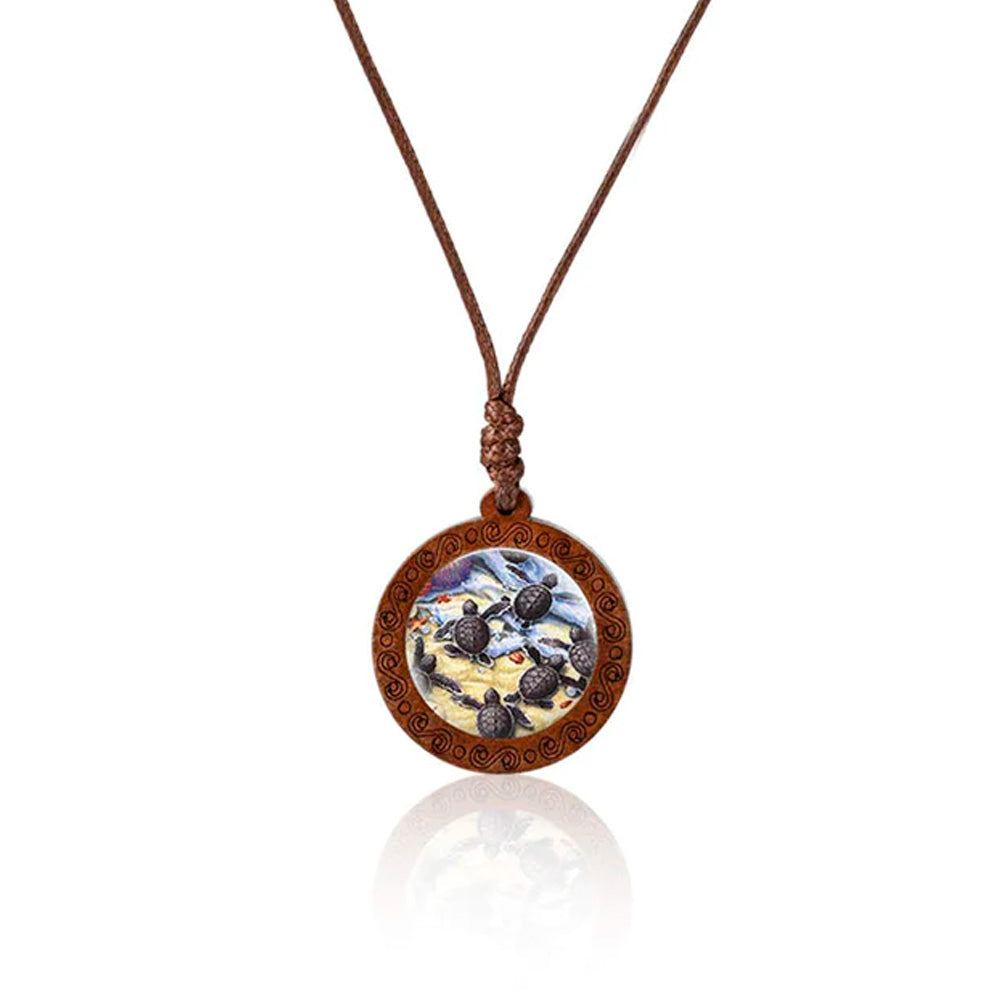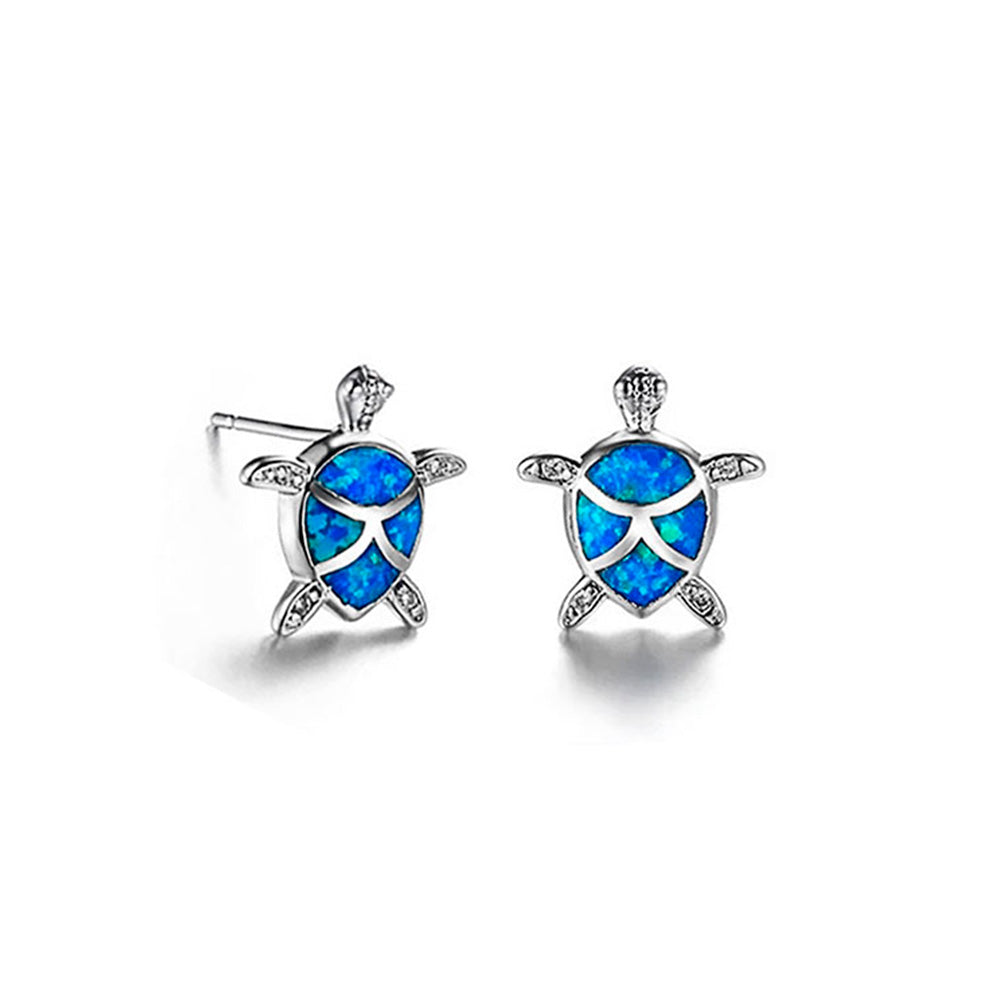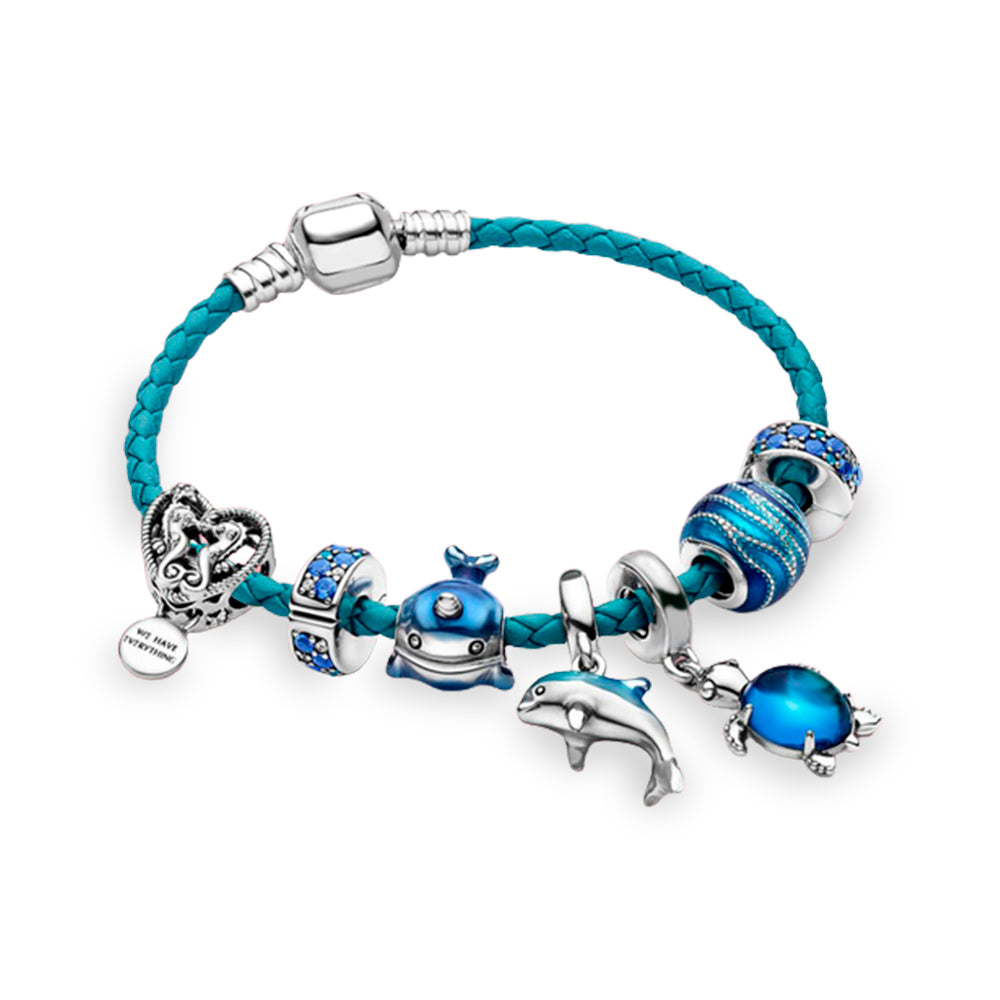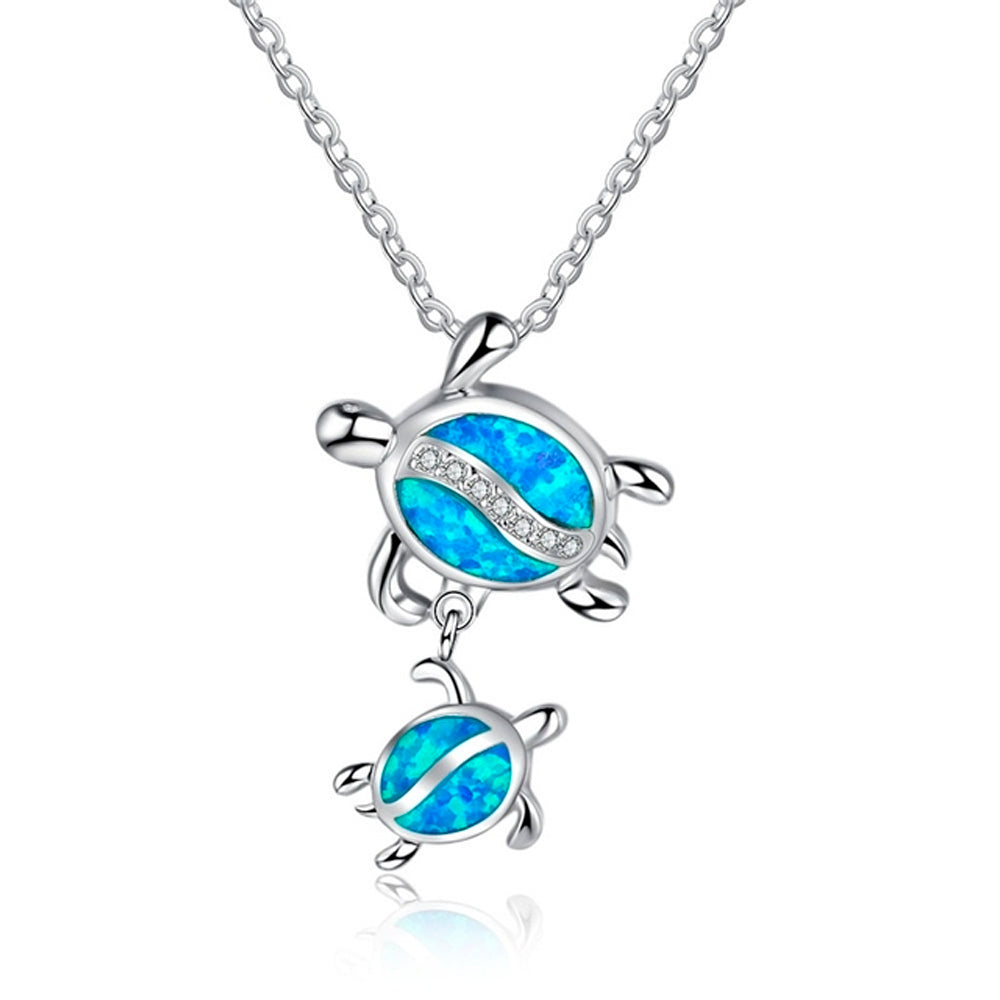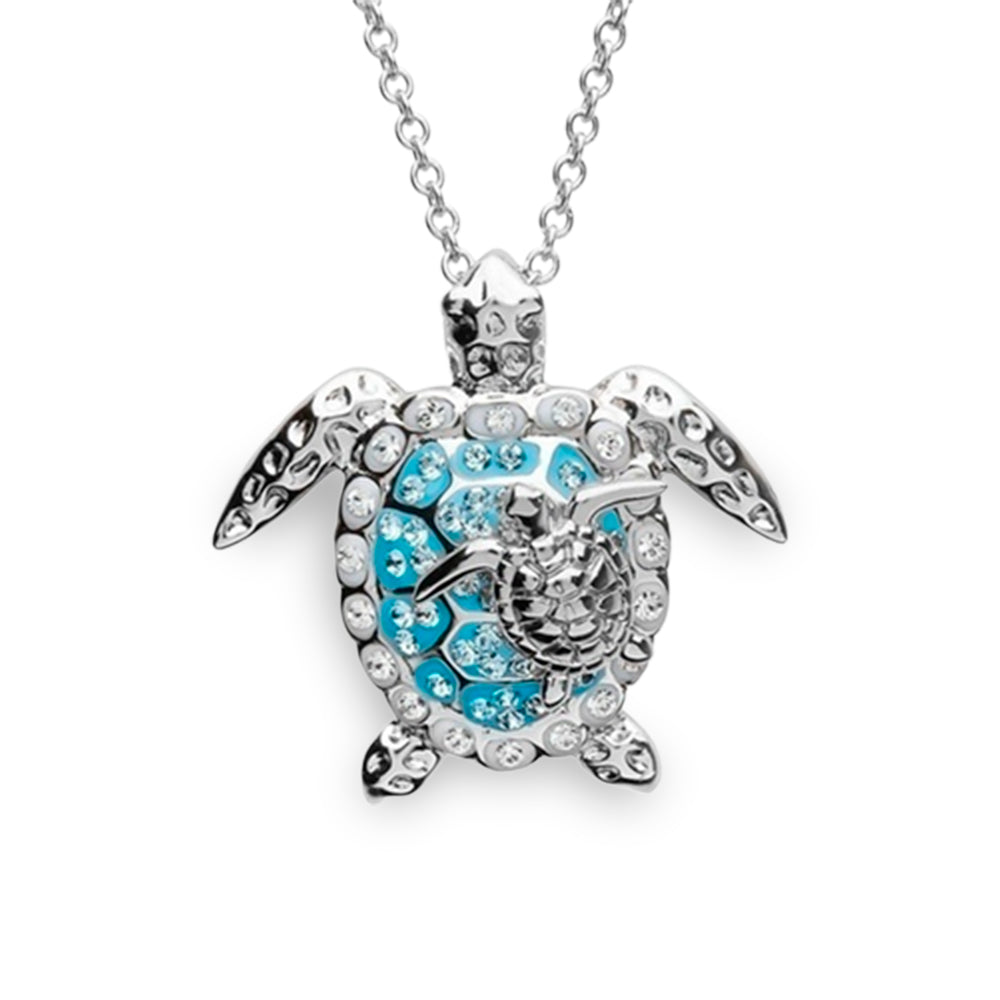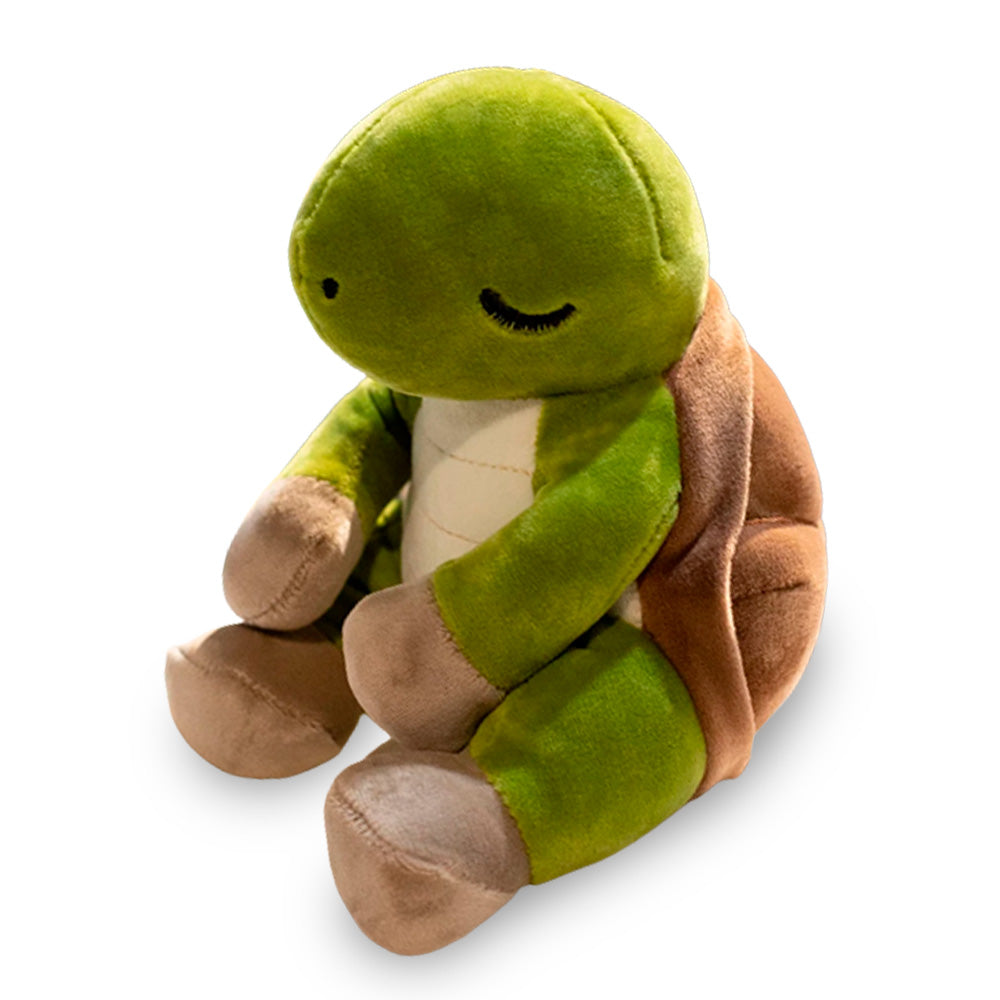7 Interesting Loggerhead Turtle Facts
Right from birth to their final moments, loggerhead turtles live very fascinating lives. Caretta caretta, as they are called in the scientific world, belongs to a biological family of six sea turtle species known as the Cheloniidae. The Cheloniidae family has similar traits, such as a broad, streamlined rounded shell and flippers resembling paddles for their forelimbs.
The loggerhead turtles differ from other family members and are easily differentiated by their heads–as you might have guessed, their heads are quite big and resemble a log, hence the name loggerheads! There are several loggerhead turtles facts that you'll find fascinating, and we'll dive into them now!
FACT #1
Unlike tortoises, did you know that sea turtles do not retract their heads into their shells? Yes, sea turtles can't retract their heads into their shells because there isn't enough space in the shell to allow them to retract their heads.
FACT #2
It sounds incredible to know that female loggerheads usually travel as much as 12,000 km to lay eggs at the site where they were hatched. This amazing reproductive behavior has been tied to the influence of the Earth's magnetic field, which acts as a guide for the loggerhead turtles as they navigate the sea.
FACT #3
The temperature of the sand determines if the turtle will emerge as a male or female. To get an average number of male-to-female hatchlings, the ideal temperature should be 30 °C. If the temperature is higher, most of the eggs will hatch into females, but if the temperature is lower, most of the eggs will hatch into males.
FACT #4
Newborn turtles are about 2 inches in size but can grow more than 3 feet long!
FACT #5
Loggerhead turtles may take up to 39 years before they reach sexual maturity, and they usually live beyond 50 years.
FACT #6
Loggerhead turtles have powerful jaws and are known to be omnivorous. Interestingly, they are keystone species, which means other animals depend on them for survival. When loggerheads feed, they consume invertebrates, and their digestive systems break down the shells into calcium-rich end products that are passed out into the water. Animals at the bottom of the ocean feed on this excretion as a good source of calcium. Loggerhead turtles also feed on jellyfish, fish, sponges, shrimp, and seaweed.
FACT #7
Did you know that the official state reptile for the state of Carolina is the loggerhead turtle? This adoption was made in 1988, and today, according to the IUCN, loggerhead turtles are classified as vulnerable species.
These loggerhead turtles facts are quite fascinating, but more than knowing these facts, you can help join in the conservation of these vulnerable species. Learn how here.






